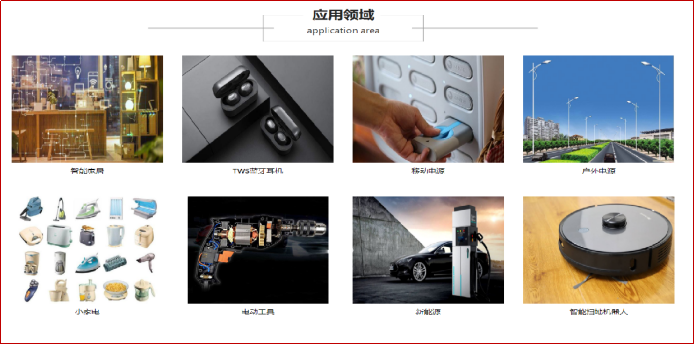Chip Packaging
Chip packaging involves enclosing manufactured chips (integrated circuits) in protective casings, facilitating their installation and connection to other electronic components. Packaging not only shields chips from physical and chemical damage but also provides electrical connections and manages heat dissipation. Different packaging technologies influence chip power consumption, performance, and adaptability, crucial for achieving smaller, more efficient, and durable chip designs.
Chip Design
Chip design is a critical precursor to manufacturing, involving circuit design, logic design, layout, and validation. The design process must consider circuit functionality, performance, power consumption, reliability, and compatibility with other system components. Modern chip design relies heavily on advanced Computer-Aided Design (CAD) tools and Very Large-Scale Integration (VLSI) technology to achieve highly integrated circuits in minuscule sizes.
IC Chips
Integrated Circuit (IC) chips integrate multiple electronic components (such as transistors, resistors, capacitors, etc.) onto a single semiconductor chip using semiconductor fabrication processes and microelectronics technology. IC chips are widely applied in electronics ranging from computers and communication devices to consumer electronics. Modern IC chips not only diversify in functionality but also continually improve in performance and power efficiency, driving rapid advancements in information technology and smart products.
Leading Global Semiconductor Companies
Leading global semiconductor companies like Intel, [敏感词], and Samsung Electronics are pivotal in semiconductor manufacturing and technological innovation worldwide. These companies lead in chip fabrication processes, design technologies, and market expansion, advancing the global semiconductor industry. They exert profound influence not only in traditional computing and communication sectors but also in emerging technologies such as artificial intelligence, IoT, and beyond.
Latest Developments in Chinese Semiconductor Manufacturing
As a major manufacturing powerhouse, China has made significant strides in semiconductor manufacturing in recent years. China has enhanced its manufacturing capabilities, fostered local semiconductor enterprises, and promoted technological innovation. Companies like SMIC have achieved breakthroughs in technology research and production capacity. Government policies and financial support have also bolstered China's semiconductor industry development.
Conclusion
In conclusion, semiconductors play a pivotal role as the driving force behind modern technological advancements in electronics, communication, computing, and smart applications. Developments in chip packaging, design, IC technology, and the rise of leading semiconductor companies underscore the vast potential and promising future of this field. China's emergence in semiconductor manufacturing adds a new dimension to the global semiconductor landscape, promising continued innovation and advancement in semiconductor technology amidst evolving technological trends and market demands.










